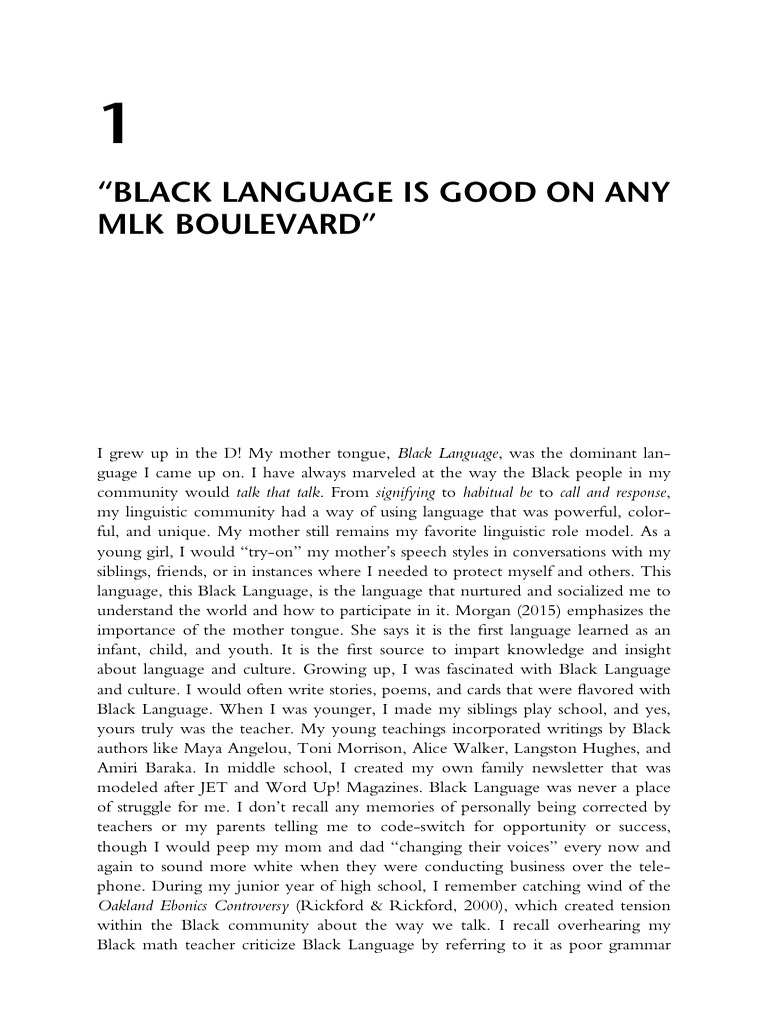Anova Essentials: Key Assumptions
Understanding the fundamentals of Analysis of Variance (ANOVA) is crucial for any researcher or data analyst aiming to compare means among three or more groups. At the heart of ANOVA lies a set of assumptions that must be met for the results to be valid and reliable. Violating these assumptions can lead to incorrect conclusions, making it imperative to grasp and apply them appropriately. In this comprehensive overview, we’ll delve into the key assumptions of ANOVA, exploring what they entail, how to check for them, and the implications of their violation.
1. Normality of Residuals
The first and perhaps most critical assumption of ANOVA is that the residuals (the differences between the observed values and the predicted values) are normally distributed. This assumption is fundamental because ANOVA tests are based on the F-distribution, which in turn assumes that the residuals follow a normal distribution. If the residuals are not normally distributed, the results of the ANOVA test may not be reliable.
Checking for Normality:
- Visual Inspection: Plotting histograms or Q-Q plots (quantile-quantile plots) of the residuals can provide a visual indication of normality. In a Q-Q plot, if the points lie close to the line, it suggests normality.
- Statistical Tests: Tests like the Shapiro-Wilk test can be used to check for normality. However, these tests are sensitive to sample size, and their interpretation should be cautious.
2. Homogeneity of Variance
Another crucial assumption is that the variance of the residuals is constant across all groups. This is known as homoscedasticity. If the variance differs significantly between groups (heteroscedasticity), it can affect the validity of the ANOVA results.
Checking for Homogeneity of Variance:
- Levene’s Test: This is a common statistical test used to check if the variance of the residuals is equal across groups. A significant result indicates heteroscedasticity.
- Visual Inspection: Plotting the residuals against the fitted values can help identify if the variance of the residuals is constant.
3. Independence of Observations
ANOVA assumes that all observations are independent of each other. This means that the selection of one observation should not influence the selection of another. Violation of this assumption can occur in studies with repeated measures or when observations are paired.
Ensuring Independence:
- Study Design: Carefully designing the study to avoid dependency is crucial. For repeated measures, using a repeated measures ANOVA or mixed-effects models might be more appropriate.
- Random Sampling: Ensuring that samples are randomly selected can help meet this assumption.
4. No Significant Outliers
Outliers can significantly affect the mean and variance of the data, potentially violating the assumptions of normality and homogeneity of variance. While some outliers might be due to errors in data collection, others might represent legitimate but extreme values.
Identifying Outliers:
- Box Plots: These can visually identify outliers as points beyond the whiskers of the box plot.
- Statistical Methods: Techniques like the Z-score method or modified Z-score method can quantitatively identify outliers.
Implications of Violating ANOVA Assumptions
Violating the assumptions of ANOVA can lead to:
- Type I Error Rate Inflation: An increased likelihood of rejecting the null hypothesis when it is true, leading to false positives.
- Type II Error Rate Increase: A decreased ability to detect true differences, resulting in false negatives.
- Biased Estimation: Estimates of means and variances might not accurately reflect the population, leading to incorrect conclusions.
Alternatives and Remedies
When assumptions are violated, several alternatives and remedies can be considered:
- Transformation of Data: Transforming the data (e.g., logarithmic transformation) can help achieve normality and homoscedasticity.
- Non-Parametric Tests: Tests like the Kruskal-Wallis H-test can be used when normality cannot be assumed.
- Robust ANOVA Methods: Some methods, such as the Welch’s ANOVA, are more robust to violations of homoscedasticity.
- Generalized Linear Models (GLMs) or Generalized Linear Mixed Models (GLMMs): These can accommodate different distributions and are useful for data that do not meet ANOVA assumptions.
Conclusion
ANOVA is a powerful statistical tool for comparing means among groups, but its effectiveness and validity depend on meeting its underlying assumptions. Understanding, checking, and addressing these assumptions are critical steps in the research process. While violations can have significant implications, there are alternatives and remedies available. By carefully considering the assumptions of ANOVA and selecting appropriate statistical methods, researchers can ensure the reliability and validity of their findings.
What is the primary assumption that must be met for ANOVA results to be considered valid?
+The primary assumption is that the residuals (the differences between observed and predicted values) are normally distributed. This assumption underpins the use of the F-distribution in ANOVA tests.
How can one check for homogeneity of variance in ANOVA?
+Levene’s test is commonly used to check for homogeneity of variance. Additionally, plotting the residuals against the fitted values can provide a visual inspection of variance consistency across groups.
What are the implications of violating the assumptions of ANOVA?
+Violating ANOVA assumptions can lead to an increased Type I error rate (false positives), a decreased ability to detect true differences (false negatives), and biased estimation of population parameters.
What alternatives are available when the assumptions of ANOVA are violated?
+Alternatives include transforming the data, using non-parametric tests like the Kruskal-Wallis H-test, employing robust ANOVA methods such as Welch’s ANOVA, and utilizing Generalized Linear Models (GLMs) or Generalized Linear Mixed Models (GLMMs).


